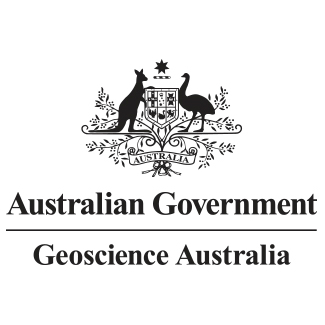Brief description
This resource includes bathymetry data acquired during the Tasman and Coral Seas survey using Kongsberg EM302 and EM710 multibeam sonar systems. The Tasman and Coral Seas bathymetry survey (FK201228/GA4868); also known as Pinging in the New Year: Mapping the Tasman and Coral Seas survey; was led by James Cook University and University of Queensland aboard the Schmidt Ocean Institute's research vessel Falkor from the 28th of December to the 25th of January 2021. The primary objective of the expedition was to map the seabed of the target area in the Tasman and Coral Seas that will support ocean research, management and sustainable economic development. Bathymetric maps are especially valuable for geoscience research, as the shape of the seafloor holds information about the tectonic movement and the formation of the Australian continent. Another objective was to survey seabirds, which are important indicators of ocean health and the data collected from the expedition are vital for informing management of the Coral Sea Marine Park. This V1 dataset contains one 64m resolution 32-bit floating point geotiff files of the Tasman and Coral Seas bathymetry survey area, derived from the processed EM302 and EM710 bathymetry data, using CARIS HIPS and SIPS software. This dataset is not to be used for navigational purposes. This dataset is published with the permission of the CEO, Geoscience Australia.Lineage
Maintenance and Update Frequency: asNeededNotes
PurposeBathymetry Survey
Issued: 07 04 2021
Data time period: 2020-12-28 to 2021-01-25
text: westlimit=153.00; southlimit=-27.00; eastlimit=157.00; northlimit=-22.00; projection=WGS 84 (EPSG:4326)
User Contributed Tags
Login to tag this record with meaningful keywords to make it easier to discover
Tasman and Coral Seas Bathymetry 2021 64m (zip) [42.5 MB]
uri :
https://files.ausseabed.gov.au/survey/Tasman%20and%20Coral%20Seas%20Bathymetry%202021%2064m.zip![]()
- DOI : 10.26186/145279

- URI : pid.geoscience.gov.au/dataset/ga/145279

- global : ef26f8b6-0c43-4b4d-a9b8-eebcbd149b42


